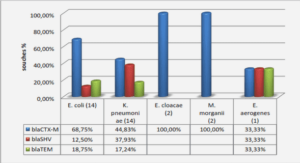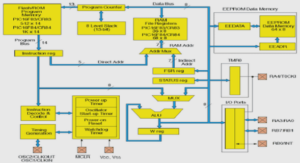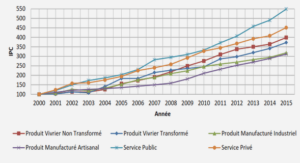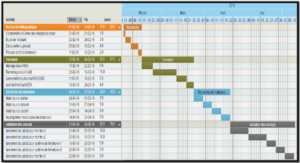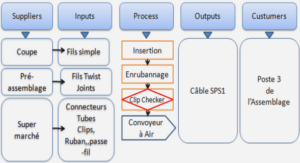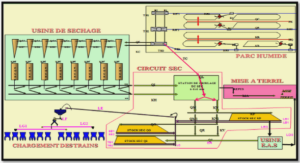Vertebral Fracture Assessment
CLINICAL PARAMETERS
An extensive medical history and a physical examination were obtained for each subject included age, age at onset of menopause, family history of osteoporosis, personal history of fracture, medications, treatment of cancer (radiotherapy, chemotherapy, tamoxifen), alcohol and tobacco use, physical activity and food intake.
BONE MINERAL DENSITOMETRY
BMD was measured at lumbar spine, total hip and femoral neck using dual energy Xray absorptiometry operating in fan beam mode (Hologic® QDR 4500A densitometer, Hologic Inc. Waltham, MA, USA). All the measures were performed by the same technician using the same DXA. As usually, the results were expressed in absolute values (g/cm2) and using the T-score (standard deviation). The T-scores were calculated using manufacturer references and expressed the difference between the subject value and mean value of healthy young women. The World Health Organization has defined normal BMD as a T-score <-1 in one of the three-measured site, low bone density as a T-score between -1 and -2.5, osteoporosis as a T-score < -2.5.
IDENTIFICATION OF VERTEBRAL FRACTURE
Two investigators (TB, BB), who were unaware of the patient fracture status and BMD, analyzed spinal radiographs and VFA independently. The 2 investigators were trained in spinal radiography analysis but they had no experience in VFA analysis.
Vertebral fractures were described according to the Genant classification [12]. This classification is a semi quantitative analysis used to describe vertebral fracture grade on spinal radiography and on VFA; vertebral fractures are classified as:
– normal if there is no reduction in any height,
– mild or grade 1 for a reduction of 20-25% of anterior, middle, and/or posterior height,
– moderate or grade 2 for a reduction of 26-40% in any height,
– severe or grade 3 for a reduction > 40% in any height.
A vertebral fracture in VFA and spinal radiography was defined if both readers independently found the same fracture at the same level. A normal vertebra was considered as normal if both readers independently found the same vertebra as normal. When the readers disagreed for vertebral fracture in VFA or in radiography, the images were reviewed in conference by both investigators. The same procedure was done for evaluated the legibility of the spine of VFA and spinal radiography.
VERTEBRAL FRACTURE ASSESSMENT
VFA was acquired on the same time as BMD. The VFA scan was performed from T4 to L5 in anteroposterior and lateral view without moving the patient, by the same technician. Interpretation was done on digital scan. Investigators should specify the legibility of each vertebra in lateral and anteroposterior view and detect vertebral fractures by providing their grade.
|
-INTRODUCTION
-PATIENTS AND METHODS
-Patients
-Methods
-Clinical parameters
-Bone mineral densitometry
-Identification of vertebral fracture
-Vertebral Fracture Assessment
-Radiographic assessment
-Data Analysis
-RESULTS
-Population characteristics
-Legibility of the spine (Figure 1)
-Identification of vertebral fractures
-Performance of VFA analysis
-DISCUSSION
-REFERENCES
![]() Télécharger le rapport complet
Télécharger le rapport complet

